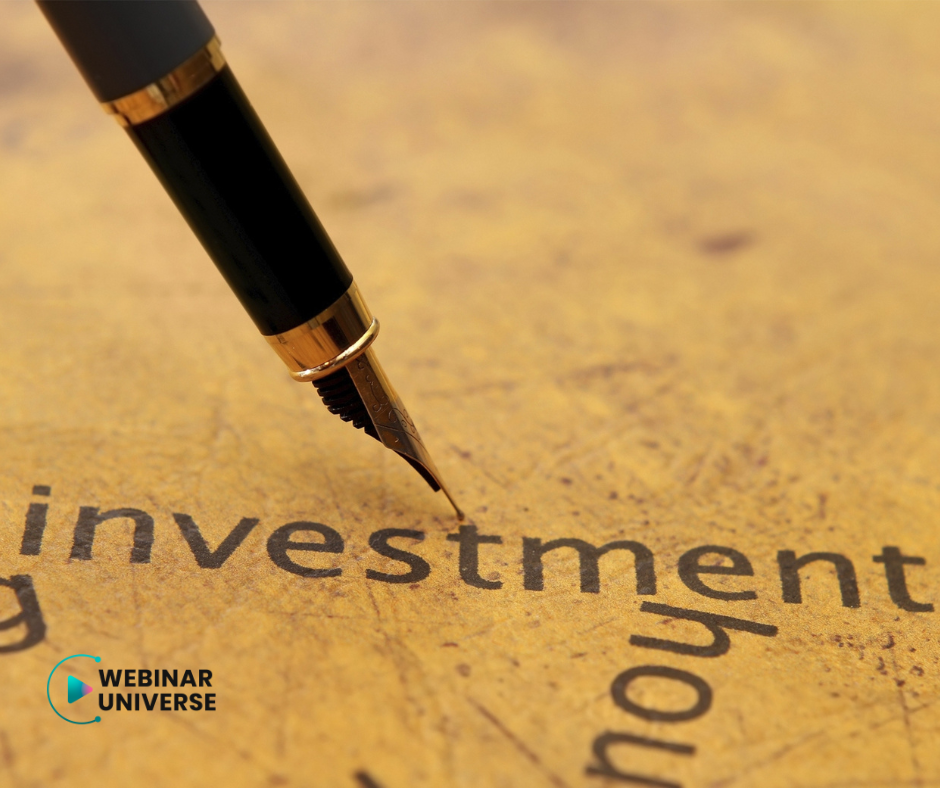Course history
The dirham is the official currency of the United Arab Emirates (UAE). The history of the dirham goes back to Islamic roots, where the word "dirham" originally referred to a silver coin used in trade by Muslims since the early Middle Ages. Today, the dirham is the name of the currency used in many Arab countries, but it is best known as the currency of the UAE.
Prior to 1966, all the emirates that later united to form the United Arab Emirates used the Gulf Rupee, the value of which was pegged to the Indian Rupee. However, on June 6, 1966, India decided to devalue the Gulf Rupee against the Indian Rupee. As a result of this decision, several countries still using the Gulf Rupee have decided to adopt their own or other currencies. Virtually all the emirates that later formed the UAE adopted the Qatari riyal as their monetary unit at the time, with the exception of the emirate of Abu Dhabi, which began to use the Bahraini dinar.
In 1973, with the creation of the United Arab Emirates, the dirham was introduced as the official currency, replacing the previously used Indian rupee and other currencies of the region. The first dirham banknotes and coins were put into circulation on May 19, 1973. Since then, the dirham has remained the country's main currency, and the United Arab Emirates established the Central Bank of the United Arab Emirates (UAE), which oversees the issuance of the dirham, manages monetary policy, and controls financial stability. If you want to invest in currencies, it is worth first visiting Webinar Universe, where we conduct online training on this topic.
Top currency pairs
The UAE dirham (AED) is a relatively less popular currency in international markets compared to currencies such as the US dollar, euro, and Japanese yen. Nevertheless, there are currency pairs involving the UAE dirham that are available on the international market. These currency pairs are traded in international financial markets, as we talk about in Webinar Universe. These include:
- USD/AED (U.S. Dollar/UAE Dirham) - This is a pair that represents the ratio of the value of the United States Dollar (USD) to the United Arab Emirates Dirham (AED). The exchange rate of this pair determines how many UAE dirhams are needed to buy one US dollar;
- EUR/AED (Euro/UAE Dirham) - Represents the ratio of the value of the Euro (EUR) to the United Arab Emirates Dirham (AED) in the Forex market. The rate of this pair determines how many UAE dirhams are needed to buy one euro;
- GBP/AED (Pound Sterling/UAE Dirham) - represents the ratio of the value of the British Pound (GBP) to the United Arab Emirates Dirham (AED) in the Forex market. The exchange rate of this pair determines how many UAE dirhams are needed to buy one British pound;
- AUD/AED (Australian Dollar/UAE Dirham) - Represents the ratio of the value of the Australian Dollar (AUD) to the United Arab Emirates Dirham (AED) in the Forex market. The exchange rate of this pair determines how many UAE dirhams are needed to buy one Australian dollar.
People who want to speculate on the price movements of AED pairs, by opening long (buy) or short (sell) positions.

Course Factors
The primary factor affecting the exchange rate is the supply and demand for a given currency. If the demand for AED is high compared to supply, the AED may strengthen, and if the demand is low relative to supply, the price may weaken. Also, the interest rates set by the central bank of the United Arab Emirates can have an impact on the AED rate. Higher interest rates could attract foreign investors, increasing demand for the AED and strengthening its price.
The overall health of the UAE's economy is also important, including its economic growth, inflation levels, unemployment, and other factors that can affect the AED price. A strong economy can attract foreign investors and strengthen the currency.
The United Arab Emirates is one of the main oil producers. Changes in oil prices on global markets can affect the AED rate, as income from oil exports is important for the country's economy.
The UAE central bank can additionally intervene in the foreign exchange market to stabilize the AED rate in case of rapid changes or speculation.
Future predictions
The United Arab Emirates had one of the best economic situations before the pandemic. When the pandemic hit, the country's economy deteriorated significantly. However, reports from the BMI research company show that the region has recovered about 90% of its pre-pandemic value. The ongoing rebound of the country's economy points to better performance for the Dirham currency in 2024. The UAE is expected to maintain a positive trajectory in its financial sector, especially in the coming year.
In conclusion, the United Arab Emirates dirham is one of the most reliable and stable currencies in the global financial market. The country is known for its rich economic system; Its currency also reflects this strength. In addition to being pegged to the world's most important currency, the US dollar, the UAE dirham also draws its energy from Dubai's robust economic system, oil sector, thriving businesses, and thriving tourism sector. For these reasons, experienced investors believe that the dirham is a profitable asset for anyone who invests in the foreign exchange market.
